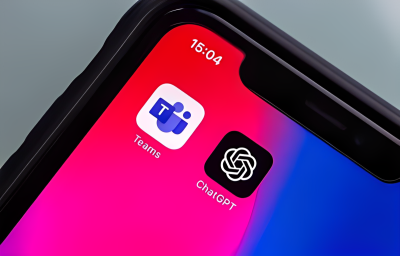Highlights:
- This new coding assistant is fueled by multiple generative AI models and seamlessly integrated within the company’s IDEs.
- Developers can also seek code explanations through the chat interface and prompt the assistant to suggest identifiers and function names based on the overall project context.
An artificial intelligence-powered coding companion known as “AI Assistant,” now widely accessible to users of the company’s independent development editors, was recently announced by professional software development tools company JetBrains s.r.o.
The latest coding assistant is driven by several generative AI models and seamlessly integrated into the company’s Integrated Development Environments (IDEs). These IDEs serve as software applications that software developers and engineers utilize, consolidating tasks such as code writing, building, debugging, and testing within a unified platform.
By incorporating the AI Assistant directly into the IDE, its models gain the capability to comprehend both the code and the entire project, eliminating the necessity for developers to switch away from their editing environment for interaction. This assistant offers a conversational interface featuring a large language model, allowing developers to ask questions, seek code review, request code snippet generation, and seamlessly copy/paste code directly into the project.
In an interview, Jodie Burchell, Developer Advocate for data science at JetBrains, explained that the AI Assistant stands out because, at its core, it is driven by an AI Service that transparently connects it to the appropriate LLM provider based on developer needs.
Burchell said, “This is basically a service that is contacted by a network within the IDE. Right now, we determine heuristically which model to use based on which one is going to be the best for the job. In the future, we may introduce the capability to choose the models that you want to work with. And this is potentially not that far off as we are considering allowing organizations to bring their own models.”
JetBrains currently utilizes a blend of OpenAI’s most recent models through the AI Service, including GPT-3.5 and GPT-4, along with their proprietary Large Language Models (LLMs). Burchell mentioned that the company recently partnered with Google and will soon incorporate some of their models into the system.
Burchell added, “Generally, the idea will be, if it’s really important in terms of privacy or fine-tuning, you may have the opportunity to bring your own model.” Nevertheless, this will inevitably involve a certain degree of trade-off, as some models may not possess the same level of potency as others. According to Burchell, the team is currently prioritizing addressing this issue, although it won’t be part of the initial release.
Crucially, Burchell emphasized that JetBrains has meticulously negotiated with AI providers to ensure that no data will be stored or utilized for training purposes. This assures any company utilizing the AI Assistant that their data will be kept confidential.
The AI Assistant offers multiline code completion, aid in documentation, and test generation within the editor. Developers can seek explanations for their code through the chat interface and receive suggestions for identifiers and function names based on the overall project context. Developers can save time by using AI to perform tasks like code refactoring or language conversion within their codebase, optimizing their coding process.
The AI Assistant may still generate errors or exhibit hallucinations like all AI tools. Burchell emphasized that these issues can be significantly minimized by providing the Large Language Model (LLM) with ample context and keeping its information up-to-date. To reduce hallucinations, JetBrains is exploring a method known as retrieval-augmented generation, or RAG, which utilizes real-time data to update the knowledge base of an LLM, consequently decreasing the occurrence of errors it may produce.
Burchell said, “This is also the reason we chose AI Assistant. We really do want to emphasize that we’re dealing with models that are fluid and they can hallucinate. You should not be just accepting things at face value; you should use other functionality in your IDE to help refine code and own it. We don’t want people to think this is going to replace them. It’s just another productivity tool.”
The AI Assistant seamlessly integrates with JetBrains’ commercial IDEs and will eventually be accessible across the company’s complete product range. The pricing is set at USD 10 per user per month for individual users or USD 100 annually. For organizations, the cost is USD 20 per user per month or USD 200 yearly.













